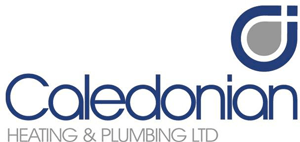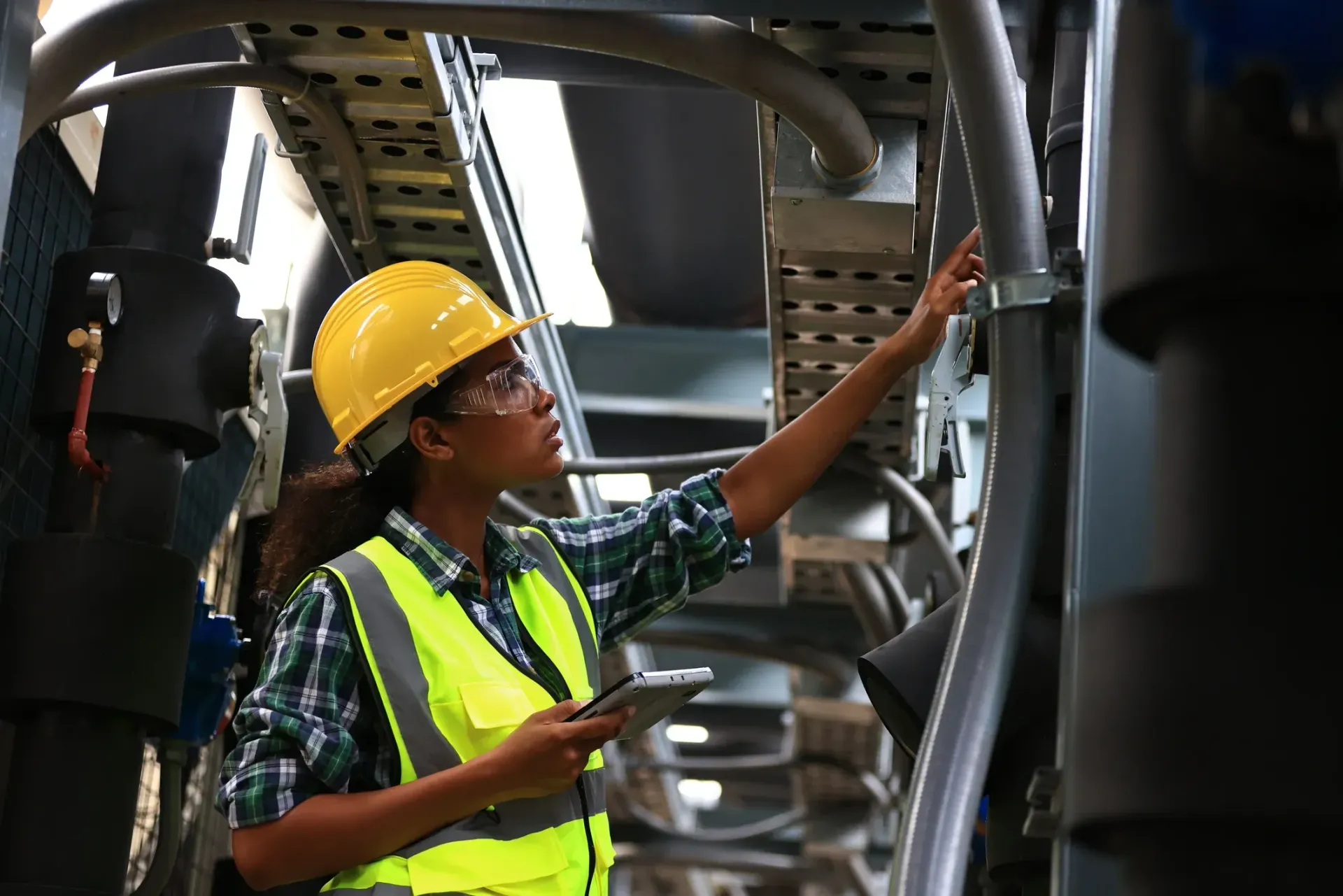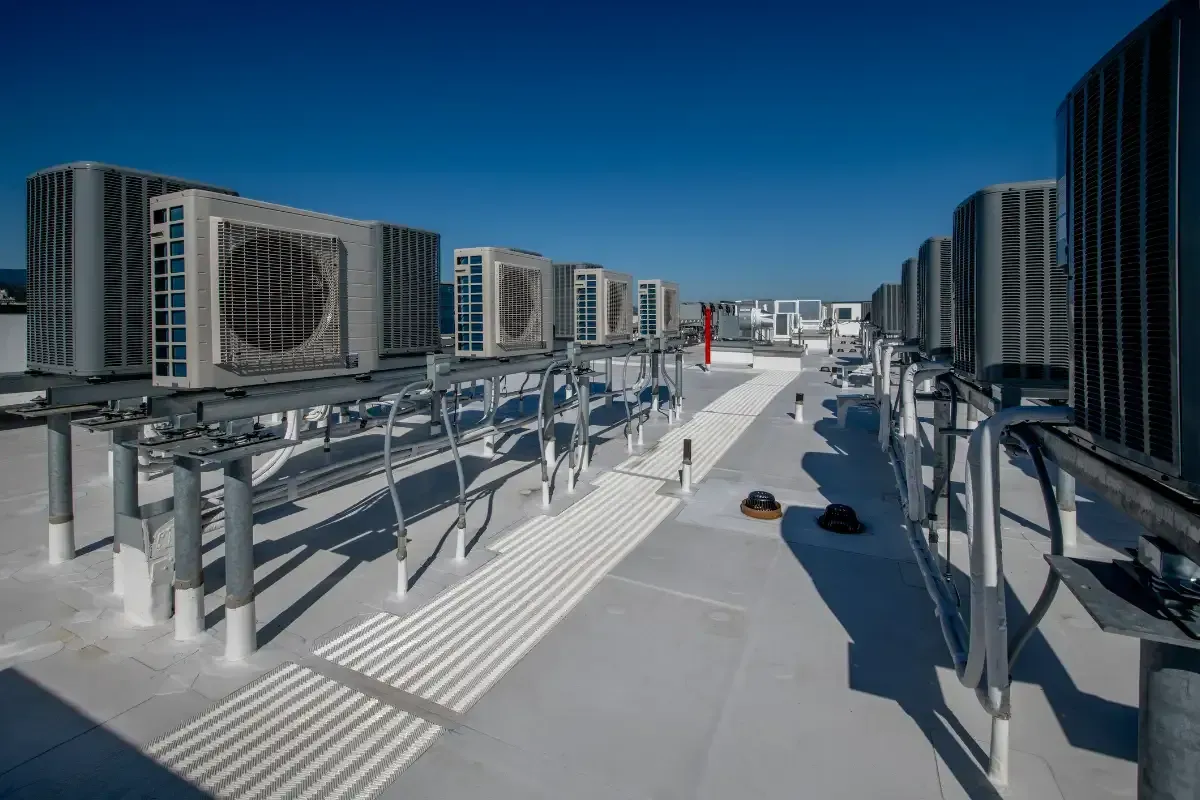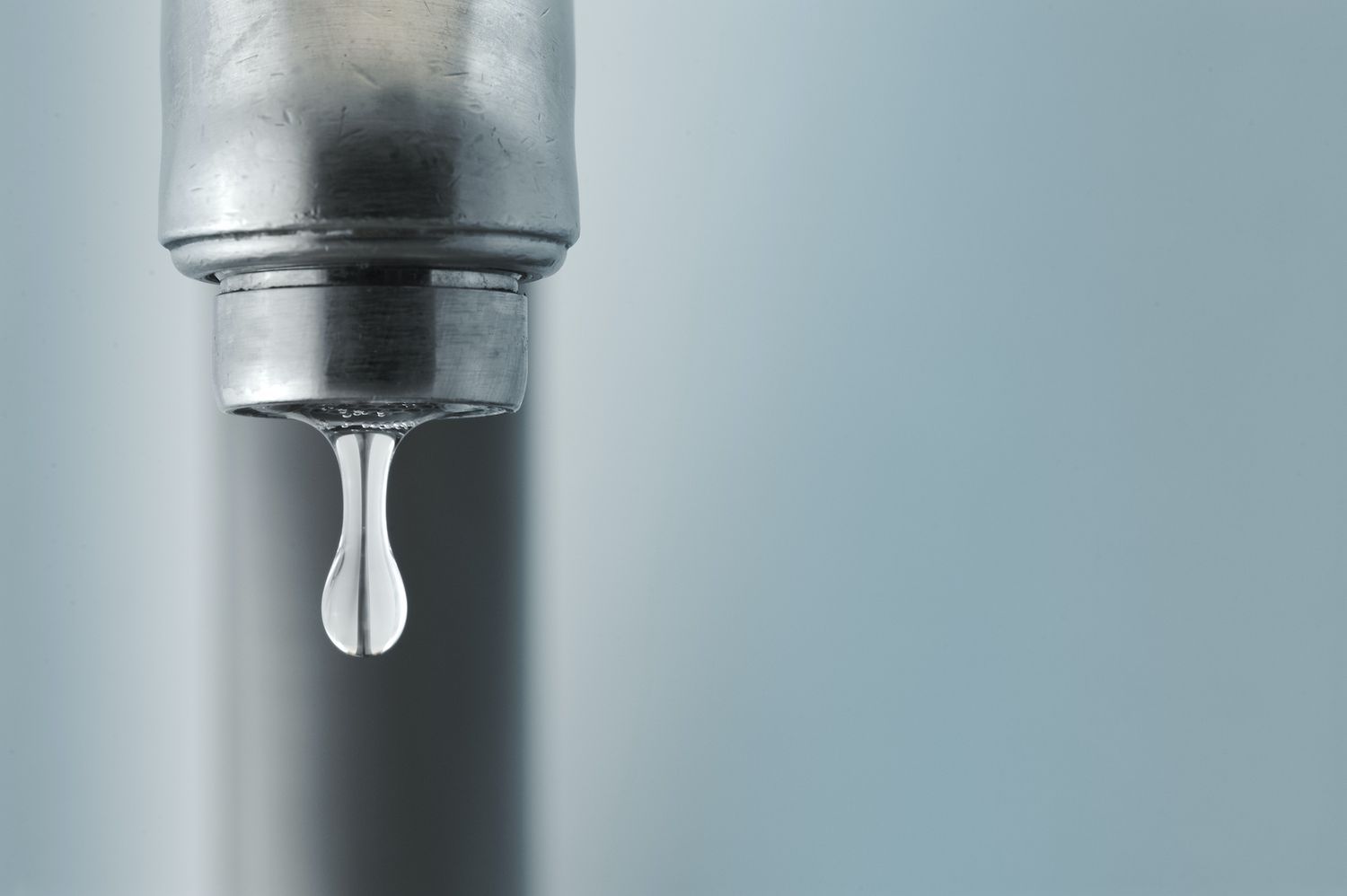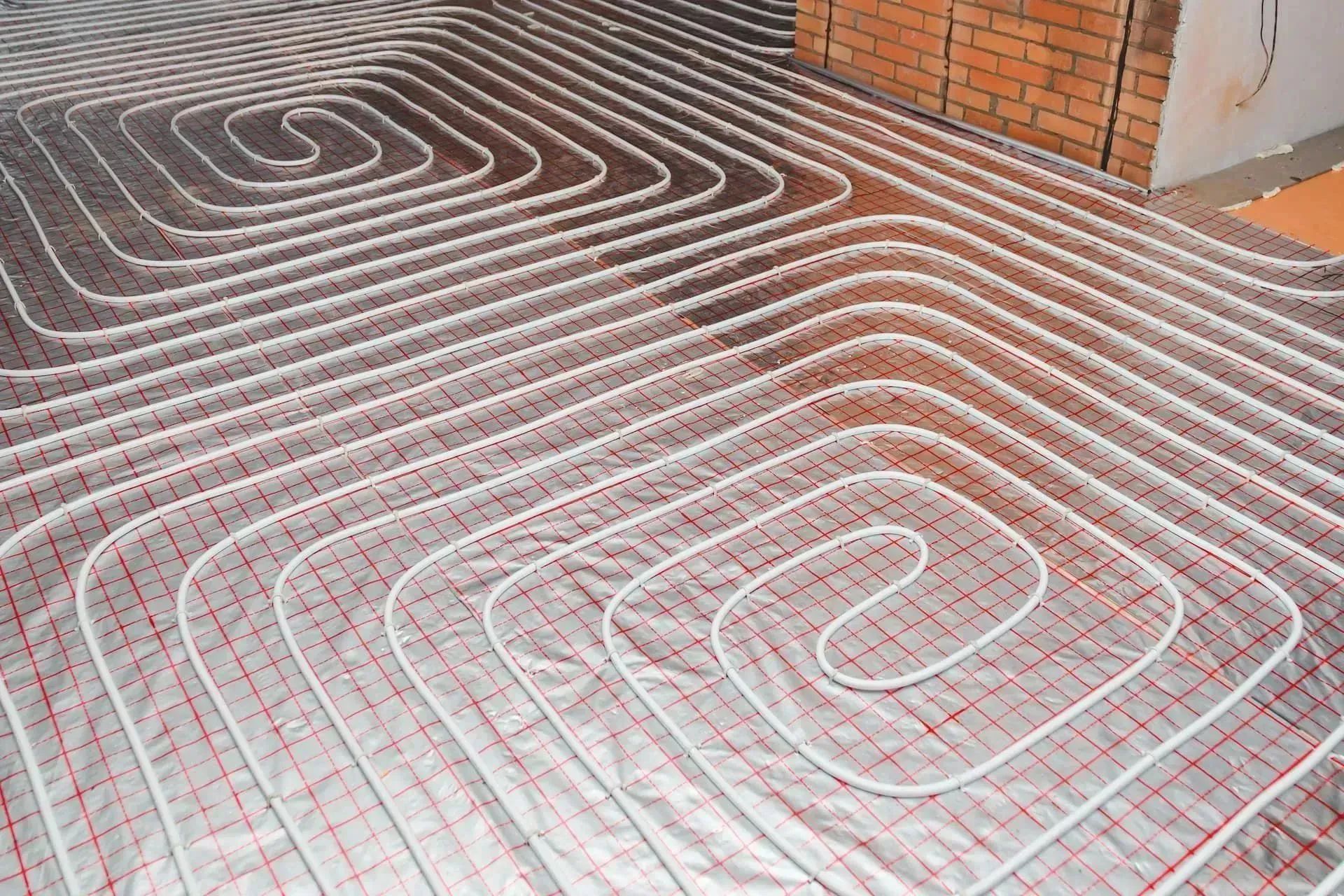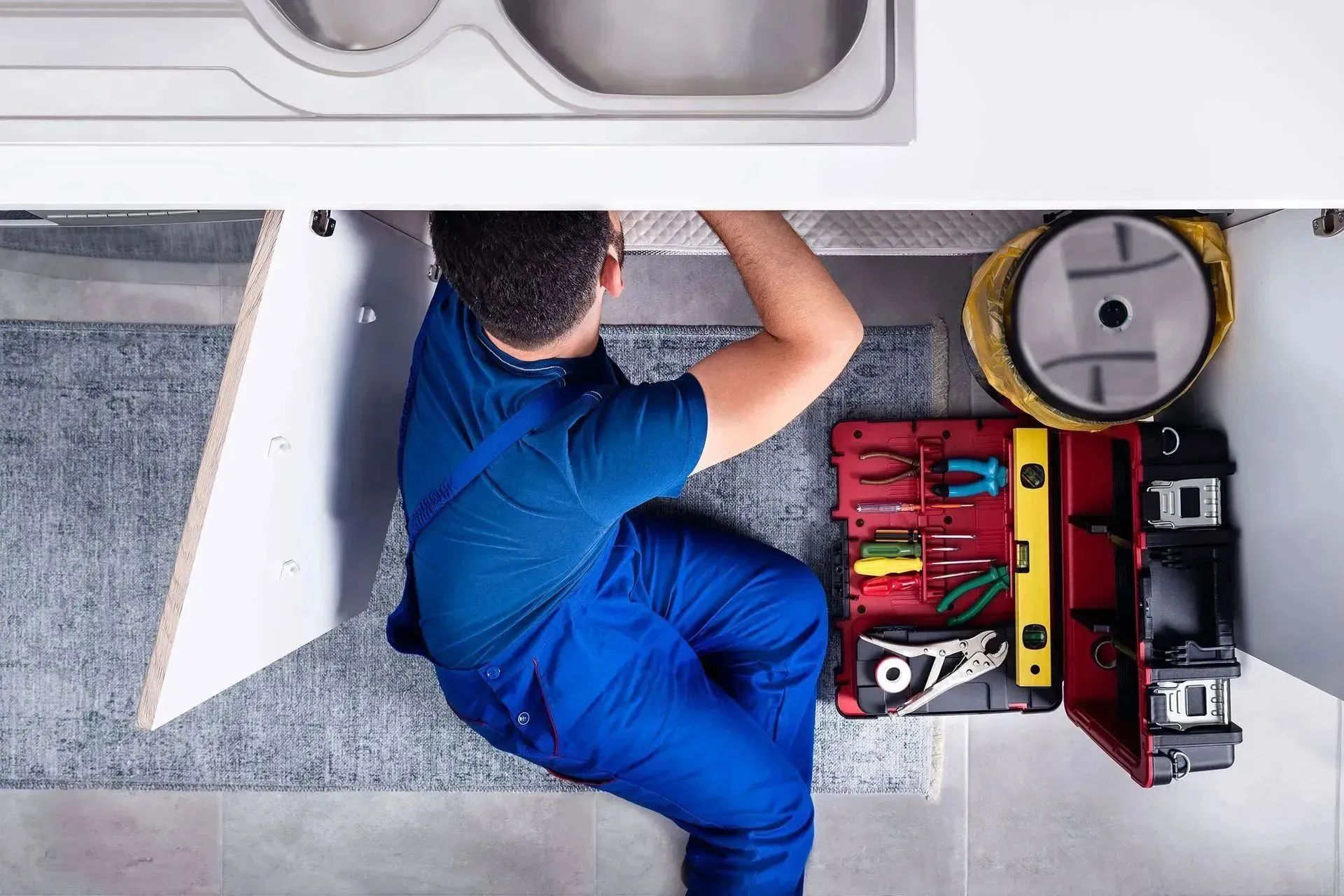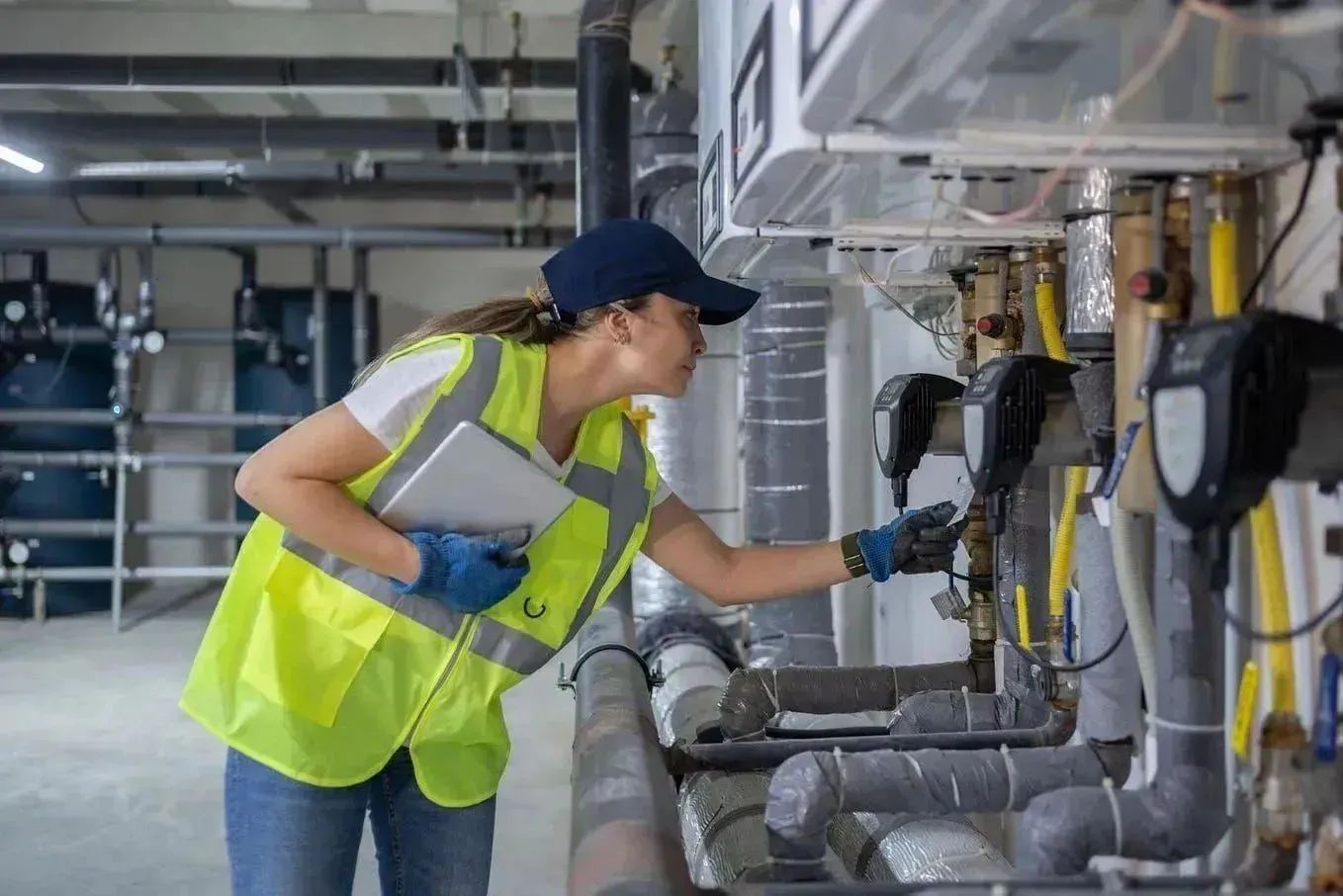A Commercial Property Owner's Guide to Legionella Requirements
Legionella is a serious health risk that every commercial property owner must manage responsibly. This bacterium, which causes Legionnaires’ disease, thrives in water systems like cooling towers, tanks, taps and showers. As a duty holder or landlord, failing to meet your legal responsibilities for legionella control can lead to serious consequences for health, safety, and legal compliance.
In this guide, we explain what your responsibilities are under legionella legislation, and how you can stay compliant through risk assessment, control measures, testing, and maintenance.
Know Your Legal Responsibilities
Under UK health and safety law, particularly the Health and Safety at Work Act 1974 and the Control of Substances Hazardous to Health (COSHH) Regulations 2002, commercial property owners must manage and control the risk of legionella exposure. The HSE’s Approved Code of Practice (ACoP L8) outlines the practical steps required to meet these duties.
If you own or manage a commercial building, you're legally responsible for assessing risks from water systems, implementing control measures, and ensuring monitoring and maintenance are carried out. This applies to offices, warehouses, retail units, leisure centres, and any premises with a water system that could support legionella growth.
Conduct a Legionella Risk Assessment
One of the first steps in legionella control is to conduct a thorough risk assessment. This should identify any areas where conditions may encourage bacterial growth, such as stagnant water, warm temperatures, or low water flow.
A competent person should complete the assessment and document all findings. This risk assessment must be reviewed regularly, especially after changes to the water system, the building’s use, or occupancy levels, ensuring you understand the building’s current risk of legionella.
Implement Control Measures
Once risks are identified, effective legionella control measures must be implemented to manage them. These actions help reduce the risk of bacteria thriving in your water system:
● Store hot water at 60°C or above and cold water below 20°C
● Flush infrequently used outlets, such as taps and showers, regularly
● Clean and disinfect tanks, pipework, and associated equipment on a routine basis
● Remove dead legs or redundant pipework where water can stagnate
Together, these practical steps create an environment that discourages the growth of legionella, ensuring your system remains compliant and low risk.
Regular Monitoring and Testing
Ongoing monitoring is essential for maintaining legionella control. Property owners must ensure that temperatures are checked regularly, tanks are inspected and cleaned, and systems are flushed as required.
In high-risk environments or where recommended by the risk assessment, regular water sampling and testing for legionella may also be necessary. Records of monitoring, testing, and any corrective actions should be kept up to date and available for inspection.
Stay Proactive and Compliant
Legionella legislation is not something property owners can afford to overlook. Regular training, clear responsibilities, and scheduled maintenance go a long way in ensuring compliance and protecting public health. Being proactive now can prevent costly issues and reputational damage later.
Expert Legionella Support from Caledonian Heating & Plumbing
Caledonian Heating & Plumbing offers comprehensive legionella services for commercial clients across Central Scotland. From risk assessments and testing to control strategies and ongoing monitoring, our expert team ensures your business stays compliant and safe.
To learn how we can help commercial property owners manage their legionella requirements, contact us today!
